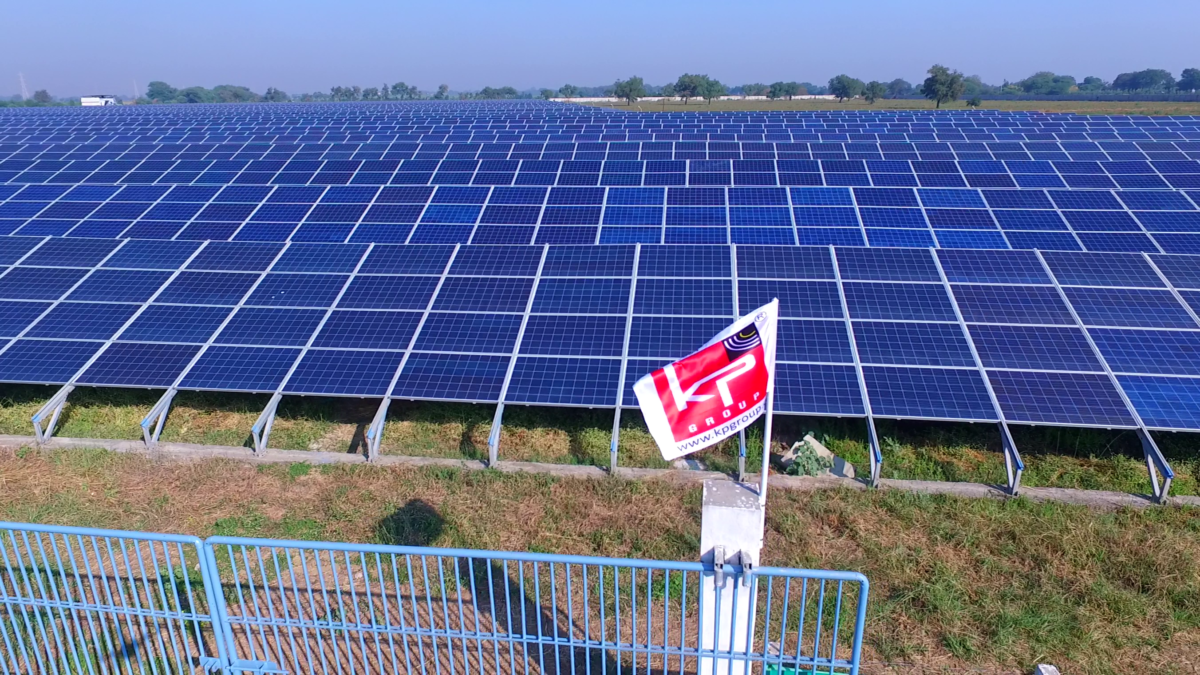Most manufacturing units in the micro, small and medium enterprise (MSME) segment have poor infrastructure and small roof size, which allows them to meet barely 5-10% of their energy consumption from solar installation, whereas energy consumption accounts for 25-40% of their total manufacturing cost (excluding raw material cost). Some MSMEs involved in the business of foundry, forging and dyeing have even higher energy cost of up to 50%.
In such a scenario, captive solar power plants make a lucrative proposition for growing MSMEs.
Benefits
Industrial units can own a solar captive power plant at minimal investment and ample bank funding is available under the Credit Guarantee Fund Trust for Micro and Small Enterprises (CGTMSE) scheme. An MSME can invest just 25% of the total plant cost and avail loans under the CGTMSE to fund the balance portion.
The savings in electricity costs will be more than sufficient to repay the loan installments and the interest.
Setting up solar CPPs also results in reduction of power bills for 25 years and provides additional cash flows from the project post payment of all expenses during loan tenure.
While the payback period on the 75% loan ranges between 5 and 6 years, cash flow generation will be for 25 years, thereby generating substantial income after the repayment of loan.
Setting up CPPs will not only increase MSMEs’ contribution in addressing the challenge of global warming but also give them an opportunity to generate additional cash flows to their business. It also provides intangible benefits to export-oriented units, who would enjoy an edge over their competitors using fossil fuel based energy alone.
Besides, investments in setting up of solar CPPs gives industrial units benefits in the Integrated Goods and Services Tax (IGST), they can also avail up to 40% depreciation benefits on their solar plants.
Further, industrial units are exempted from cross subsidy surcharge and additional surcharges, which is at present approximately Rs2.13 per unit.
Other benefits include exemption from payment of wheeling charges of approximately 15 paise per unit and 100% exemption in electricity duty.
Gujarat’s success story
The government of Gujarat recently launched an incentive scheme that allows these firms to set up solar plants to cater to their entire power requirements and even sell excess solar power, if any, to the state electricity board.
Solar power generation by these units has so far been capped to cater to a maximum 50% of their contract demand. The 50% cap on the contract demand has been removed for MSMEs in case of solar power generation. With this, MSME units would be able to install 100% or even more capacity of solar panels to meet their entire energy requirement. Additional power generated by these units would be purchased by state-owned electricity distribution companies.
There are more than 33 lakh MSME units functioning in the state and taking advantage of this scheme. MSME units would save considerable amount on their electricity bills. The support from this change in the policy has increased the size of the captive solar plant market manifold in Gujarat.
Looking forward
Renewables are turning out to be the preferred sources of energy and India, with its focus on low cost and sustainable solar power, is driving this change. According to an analysis by The International Renewable Energy Agency, in India, the cost of setting up solar projects has gone down by 80%.
The total installed solar capacity of the country stood at 30 GW as of March 2019, an increase of 5 times in a span of 3 years. India today has reached about 30% of the “100 GW by 2022” solar target, as envisaged by Prime Minister Narendra Modi. Solar power also contributes about 38% to the mix of renewable energy.
Massive growth in the solar sector is a result of the government’s focused approach along with a positive response from solar developers. MSMEs’ transition to solar will further help India to achieve its renewable target fast.
The views and opinions expressed in this article are the author’s own, and do not necessarily reflect those held by pv magazine.
This content is protected by copyright and may not be reused. If you want to cooperate with us and would like to reuse some of our content, please contact: editors@pv-magazine.com.








Solar pumps for agricultural purposes are used mostly during agricultural season. There will be spare capacity during the rest of the periods.
Nearby units can be grouped and with storage and interconnection, the spare capacity can be utilised for other purposes including nearby MSMEs at least cost. This needs local planning.
The actual success stories should also be highlighted for inspiration and guidance of others.